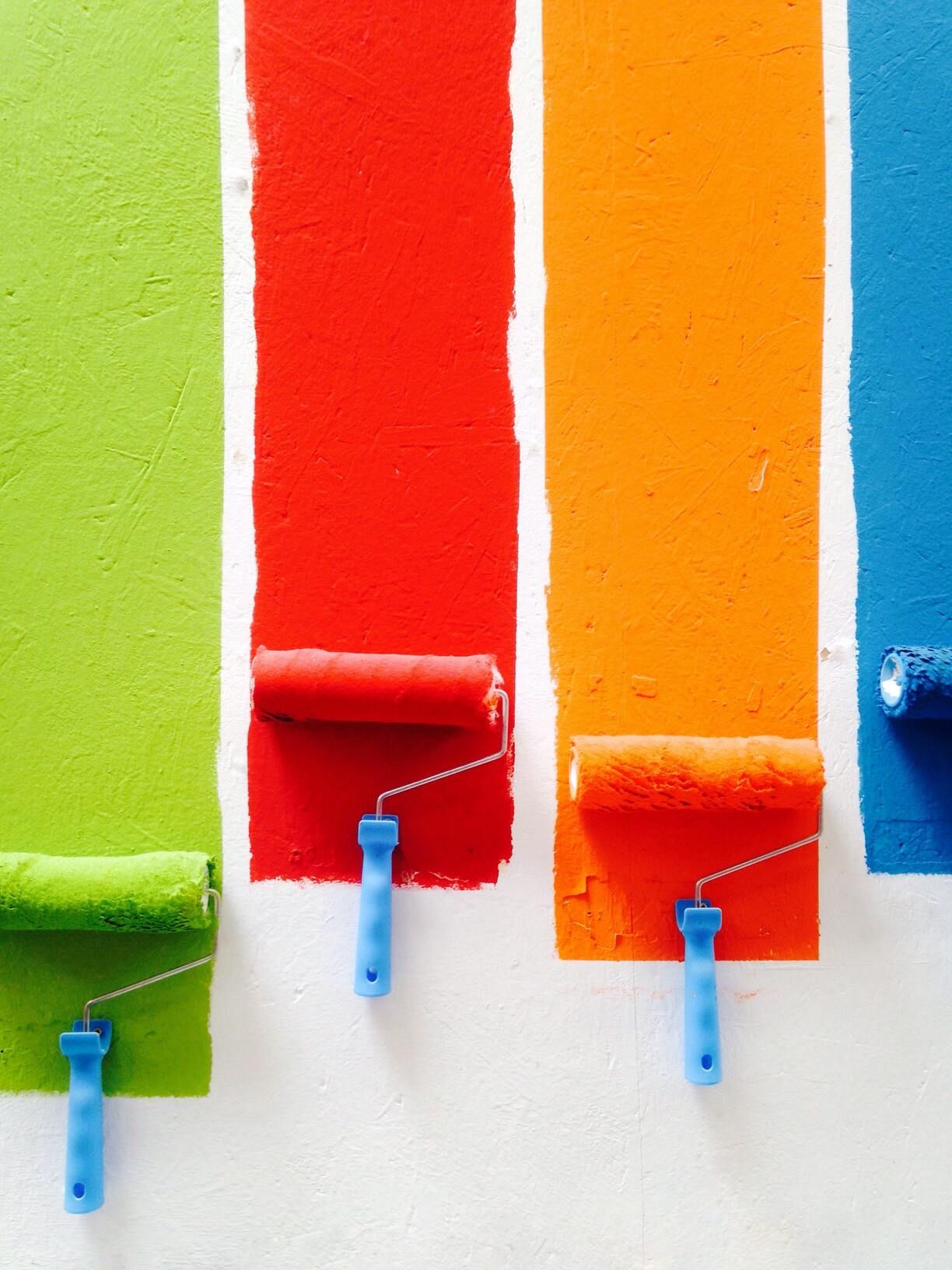Designing is tricky. It’s subjective, but there’s a science to it. And if you studied design and/or art, you understand the psychological impact of a warmer color palette or a bolder font. But your clients might not (even if they think they do!). And this disconnect might lead to disagreement when it comes to your work.
This happens. But it’s important to understand that a client dissatisfied with your work doesn’t make you a bad designer. There’s a plethora of reasons for the disconnect. So rather than overthink the issue, here are six things to do when a client dislikes your deliverables (before, during, and after presenting).
Before Presenting a Design
Don’t Take It Personally
First and foremost: a client disliking your design doesn’t mean they dislike you. A good idea to one client is a bad idea to another. A good design to one client is a bad design to another. Make it a point – prior to even beginning the project – to not take negative client feedback personally. It will set you up for a more positive and healthy work experience as you grow as a creative and build your portfolio as a designer.
Bring Proven Examples and Data
Give yourself some authority here. How you present something (both related to and not related to design) is almost as important – if not as important – as the item you’re presenting. Some clients play the bad guy and go into meetings waiting to be convinced or impressed. Some are the opposite – happy with whatever you bring to the table because you’re the expert. So bring data with you. Bring evidence.
Providing a client with inspiration examples from other brands (and why those matter) and some explanation for your decisions and design process will ensure that your client can easily tie logic to something that might seem abstract (particularly if their background isn’t creative). It also makes you look informed, smart, and professional.
While Presenting a Design
Make It a Conversation
Even though you’re the freelance designer, a good client typically likes being involved and providing you with clear guidance on what they’re looking for. Don’t forget this when it comes time to present your work. Ensure that while you present your design ideas, you refer back to previous conversations and ask questions to keep the client engaged and make them feel like they were included and heard throughout your creative process. Some great phrases to use are:
- “I went this route after that conversation we had…”
- “This piece came from one of your ideas in our first meeting…”
- “I chose this color because I thought it would resonate well with your customer base”
Teamwork makes the dream work. Even though it’s a client and freelancer relationship, everybody likes being a part of a team. Make it conversational and provide that sense of partnership while you present – this will reduce the chance that a client dislikes your design job.
Tie Your Work to Their Mission
Authenticity is becoming an increasingly important factor for consumers as they decide where to spend their money. Businesses are aware of this – and as they make decisions, they’re looking to ensure they remain mission-focused. If a design isn’t mission-focused, it’s safe to say the client won’t like it.
Why will your design further their mission? Is your product design fitting of the company’s values? As you present to your client, ensure that the client knows how the design will help them achieve their mission.
After Presenting a Design
Cater to What the Client Wants (Even If You Hate It)
This applies before, during, after… always! The number one rule of client relationships is to cater to the client. If a client didn’t like the logo you created because it wasn’t hot pink, then you better put hot pink in that second draft. It doesn’t matter if that color makes you want to puke.
Sometimes, even when a graphic design idea goes against all of our own likes and inclinations, we have to just swallow the pill and get the job done. At the end of the day, it’s not your design. It’s theirs. And hey, you don’t have to put in your portfolio. Say thank you, collect your paycheck, and move on to the next one.
Consider Giving the Goodbye
If you’ve done everything you can – you redid the project, had a couple follow-up meetings, provided the client with what you really thought they wanted – and they still don’t like your design, it might just be time to call it quits. There will always be other design projects and clients out there. Don’t drive yourself crazy with a client who will never be satisfied.
Navigating the Creative Workspace
Being a designer comes with its ups and downs. Most people are in the creative and design space because they love what they do. And that’s a huge plus – there’s nothing like starting each workday excited about what you’re going to do.
But it’s not always easy. Clients can dislike your designs. Searching for clients can be overwhelming. And having to redo projects and spend time managing relationships can be draining – especially if you’re a full-time freelancer. Make sure you prioritize your mental health and focus on obtaining great, kind clients when possible. Also consider joining a creative workgroup to bounce ideas off of and learn from. There are plenty across Facebook, Reddit, and other online platforms. I like thinking of them as a virtual creative team. Check them out!


